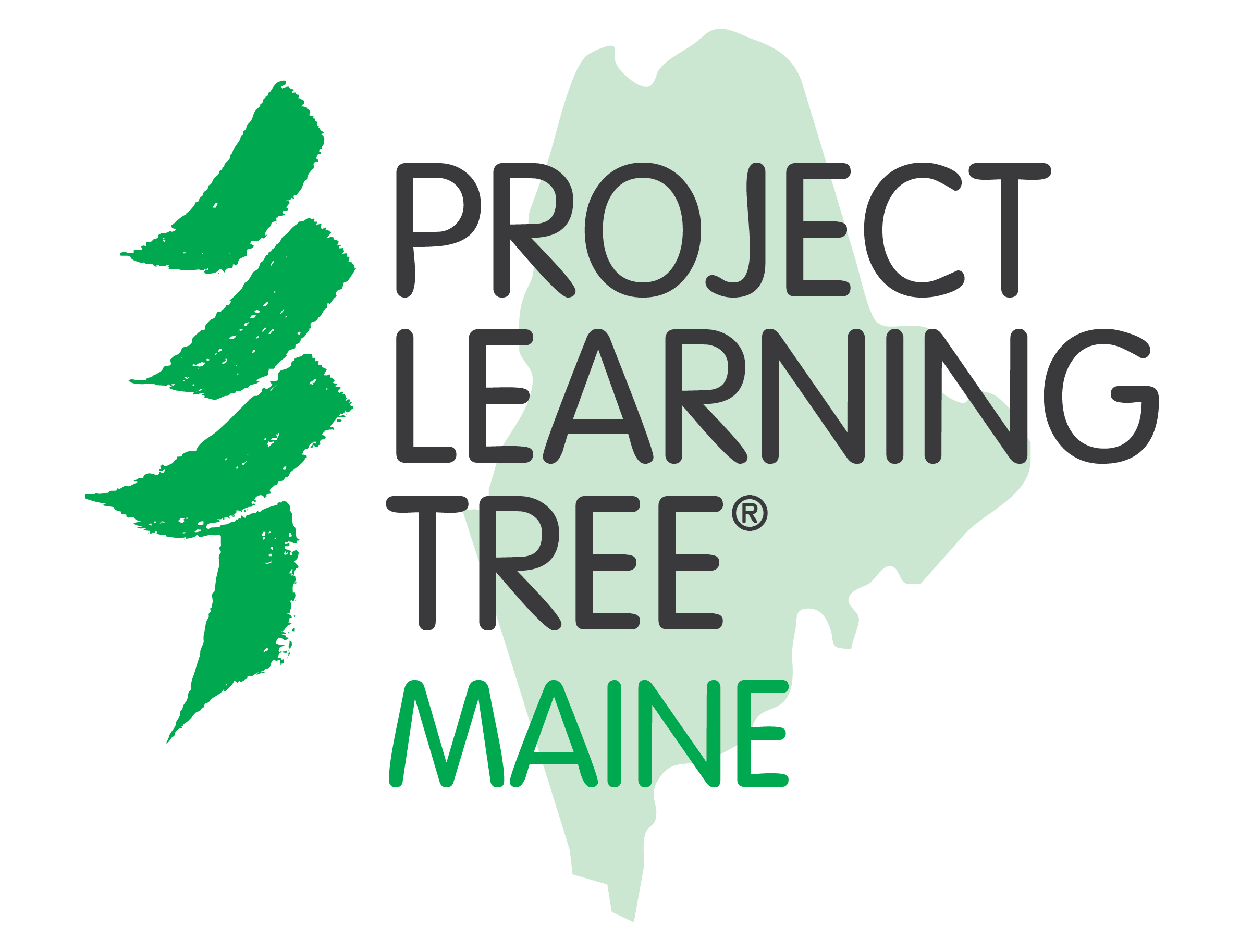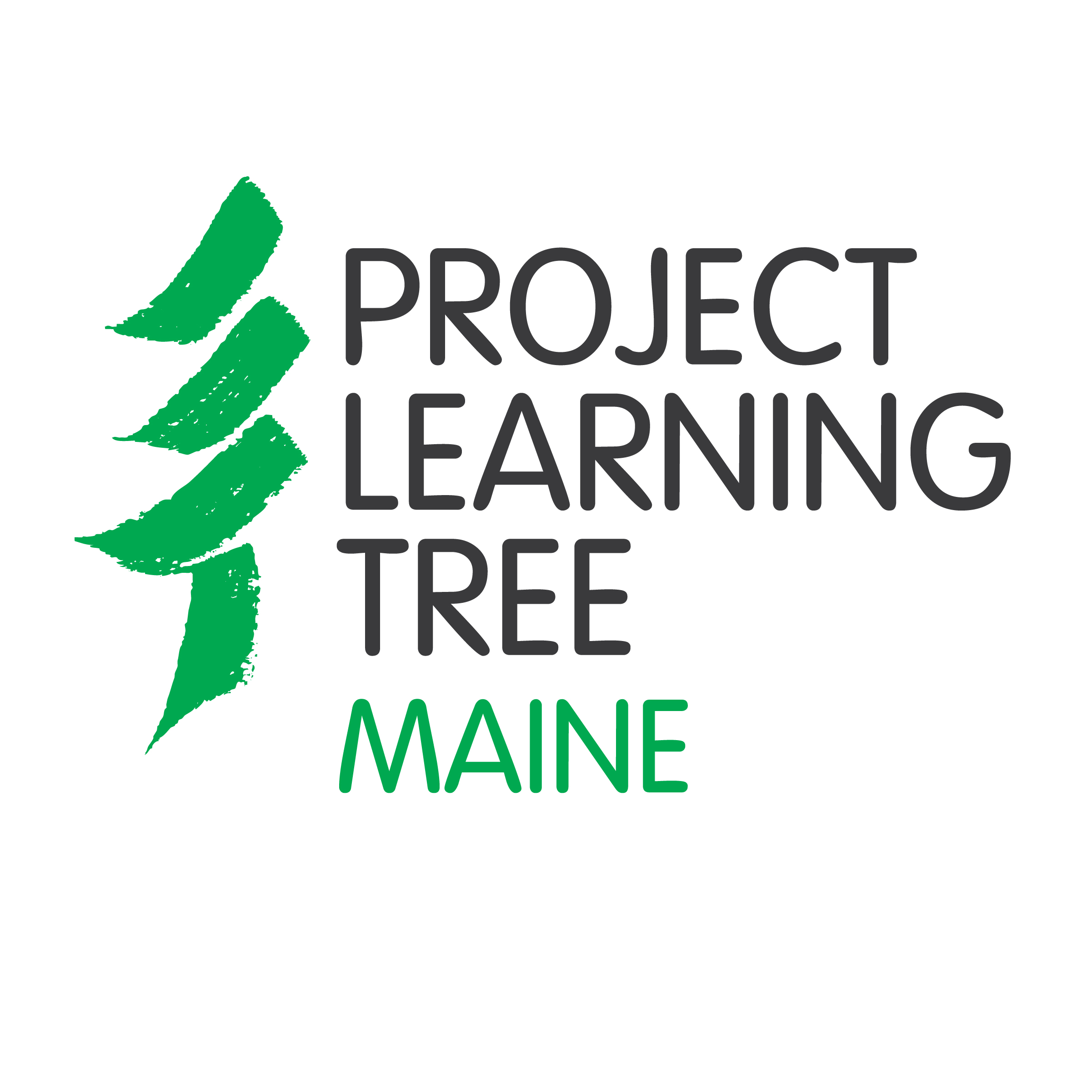By Kayla LaVoice, STEM Initiatives Coordinator, AMERICORPS VISTA
Maine Campus Compact
Community Connection: Maine Forest Service
400-Acre Wood, an activity found in the Project Learning Tree K-8 Environmental Education Activity Guide, is based on understanding how our forests are managed. The Maine Forest Service (MFS) within the Department of Agriculture, Conservation and Forestry works to monitor the health and protection of Maine forests including water quality and wildlife. The MFS provides campers, hikers, hunters, fishers, and other outdoor explorers with a safe and sustainable forest. To do this they must manage forests in the most efficient ways possible. A Best Management Practices publication from the forest service details laws, regulations and practices to sustain our forest lands.
The MFS provides resources and advice for people interested in managing a forest. Ten district foresters provide technical assistance and educational services to landowners, loggers, schools and educational institutions, municipalities and other stakeholders and they conduct workshops and forest demonstrations. If you are looking for a community connection when teaching 400-Acre Wood, look to your district forester. Invite a forester to visit your classroom to talk about most popular forest recreational uses and impacts of these activities on the forest ecosystems. If you want to arrange a forest field visit for students contact your district forester who can lead talks and hands-on activities that demonstrate how wildlife or invasive species might effect a campground or other recreational activities.
Contact Your District Forester
Other available resources from the Maine Forest Service include information on invasive species, fire safety, the trees of Maine, water protection, and how to care for and understand our forests by becoming a forest steward. These resources can be used to expand the 400 Acre Wood or for encouraging other research opportunities in your classroom.
Possible Questions:
- What does a day in the life of a forester, a logger, or a forest landowner look like?
- When deciding which recreational activities to include in a forest plan (i.e., campsites, hiking trails, swimming areas), how do you take local wildlife into consideration?
- What are the continuous expenses and incomes involved in managing a forest? How do maintenance costs impact income from a well-managed forest?
- Where do you see the most profit in managing a forest?

